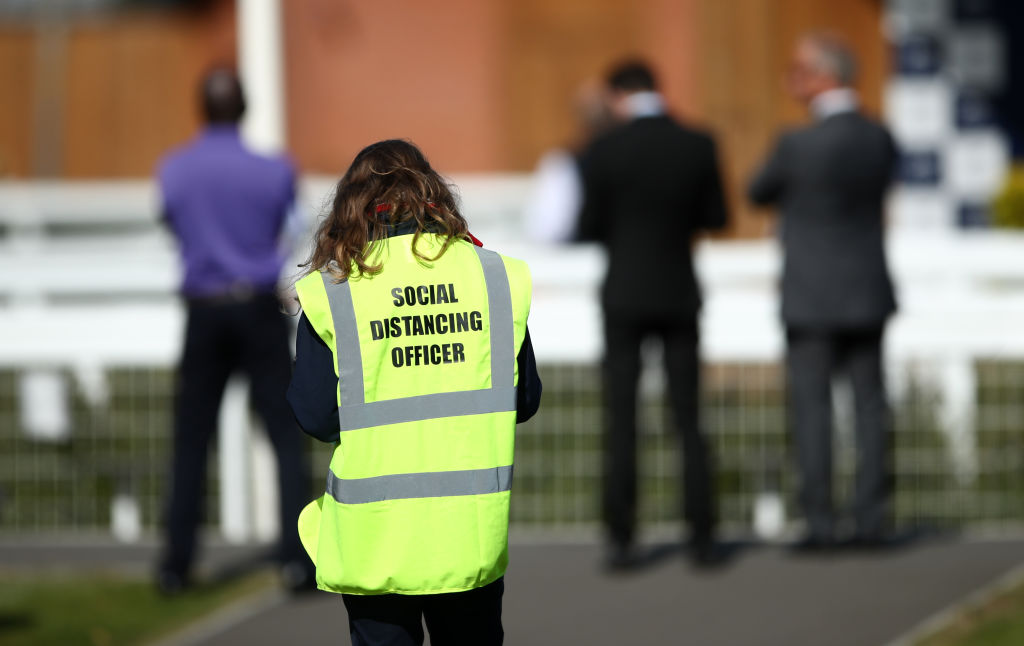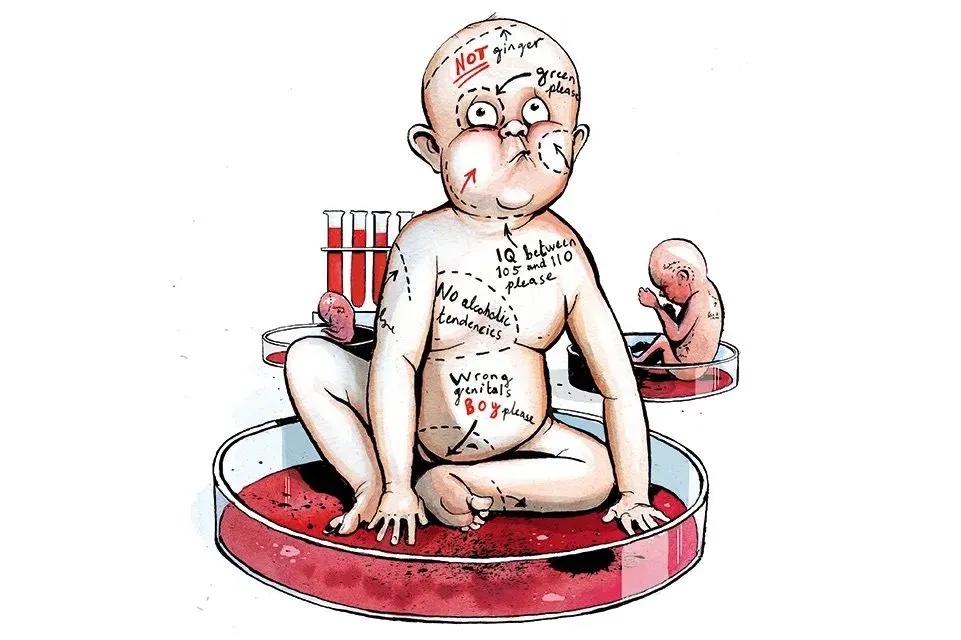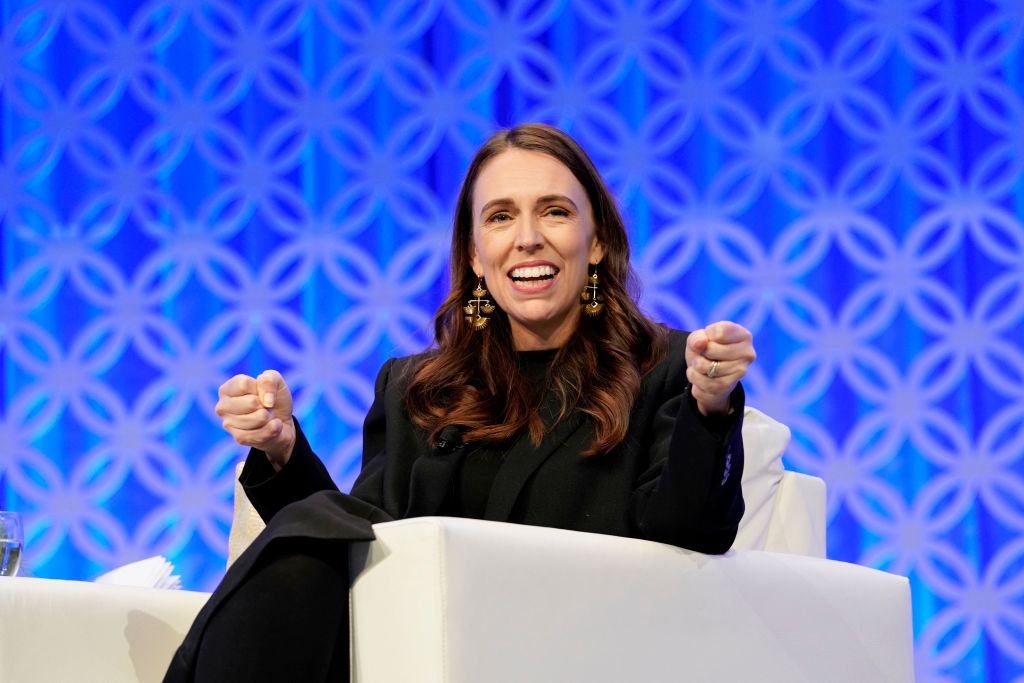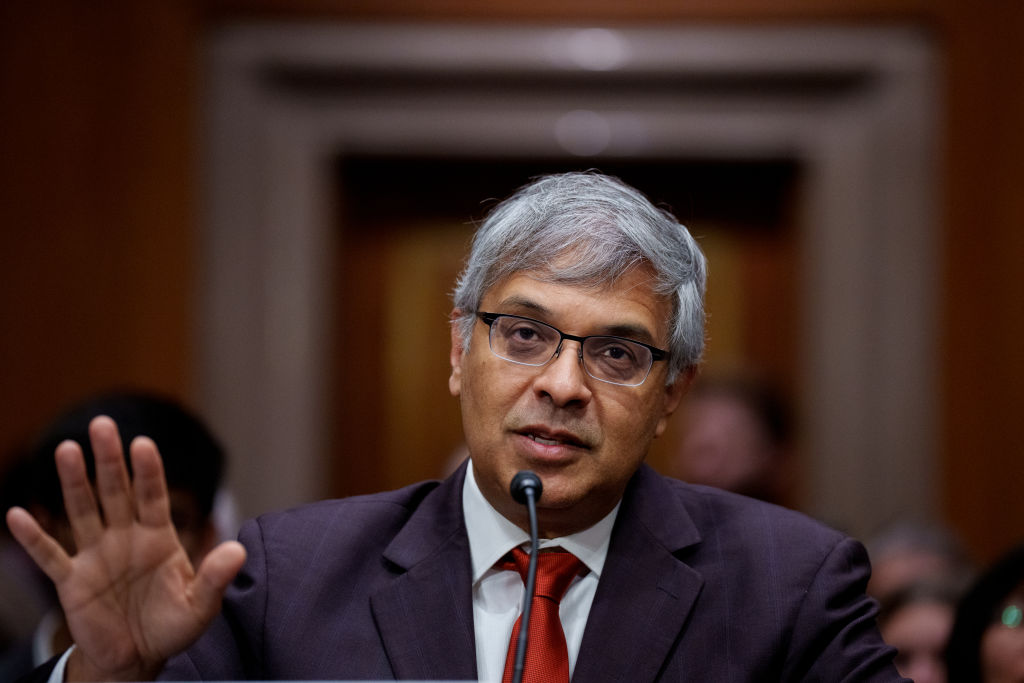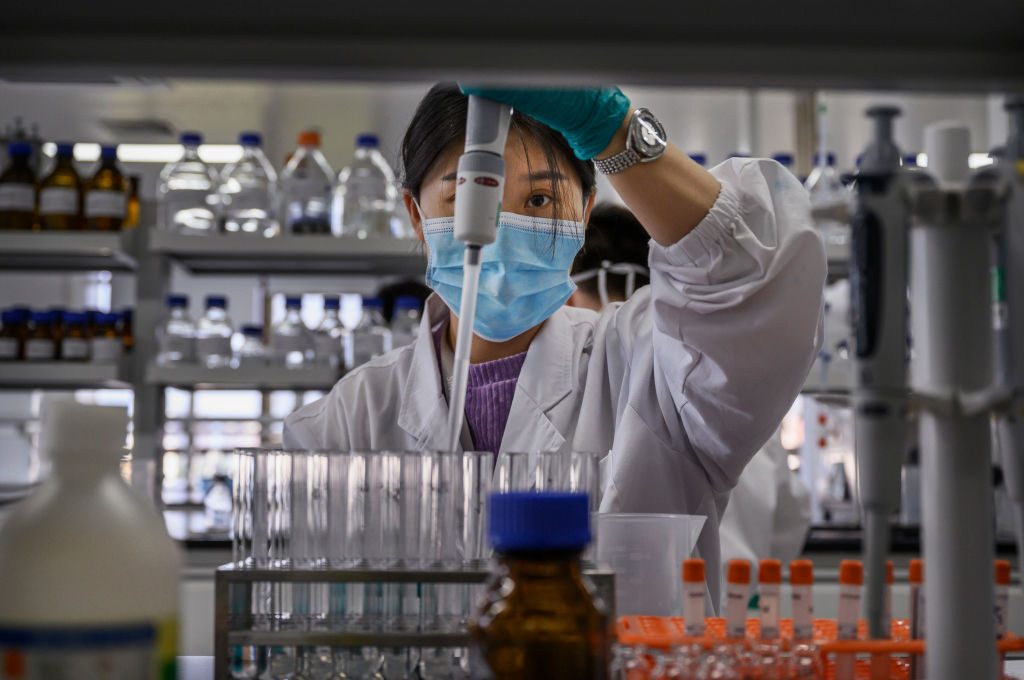How many people before COVID-19 had heard the term ‘social distancing’, still less knew that this topic has been intensively researched since the 1950s? The biomedical world contains the specialists in understanding what is happening at the point where a virus enters (or leaves) your body, but the space between people is studied by other natural, physical, and social scientists.
A continuing problem with scientific advice to governments during the pandemic has been the narrow base of recruitment to official channels. These are dominated by biomedical scientists — many of whom are indeed world leaders in their own fields. Other relevant sources of knowledge are, though, either filtered through a biomedical lens or overlooked completely, resulting in the creation of rules often lacking sense or logic.
This case rests largely on reports of experiments creating extreme conditions which are not representative of the real world. Often these use mechanical devices to simulate breathing or particles or gases that are not a good match for those that might carry the virus. However, these outputs are easy to measure and feed into computer models, making for dramatic videos and images. There are a few studies of air in hospitals which, of course, contain infected people. PCR tests have detected traces of virus but not established whether the virus is active, or in sufficient quantity to be infective. Community studies have generally failed to detect any airborne virus.
More realistic experiments show that most exhaled air remains within 8-12 inches of the nose and mouth. With heavy breathing and coughing, this distance may increase to 20 inches. Sneezing may go a little further — but this is not a recognized symptom of COVID-19. Exhaled air leaving the human body is at about 98.6°F , which means that most of it rises because it is warmer than most environments most of the time. There is little mixing of exhaled air between people who are standing even a yard apart and facing each other, let alone sitting or standing side-by-side on a train, or face-to-back in a checkout line. The express purpose of ventilation is to gradually remove exhaled air from a space and replace it with fresh.
How often do people get this close to each other though? This is where proxemics, the social science of social distancing, comes in. In the absence of any other constraints, there is substantial evidence that humans prefer to keep each other at a distance of at least a yard. We only get closer to people with whom we have intimate relationships — children, family, romantic partners. We tolerate proximity with strangers for short periods when entering places like sports stadia or entertainment venues or on transport systems at rush hour.
***
Get a digital subscription to The Spectator.
Try a month free, then just $3.99 a month
***
Edward Hall, an anthropologist, pioneered this field in the 1950s, when training US diplomats to understand the different social distances preferred by different cultures. These could be a source of tension in social interactions, which he taught the diplomats to identify and manage. North Americans and North Europeans seemed to recognize four zones: ‘public distance’ (people encountering strangers, where they would generally keep more than eight feet apart); ‘social distance’ (formal interactions, where people choose to stand between four and eight feet apart); ‘personal distance’ (interactions between friends, who choose to stand between two and four feet apart); and ‘intimate distance’ (close relationships, with a distance between zero and two feet). Hall’s evidence was largely anecdotal but his findings have been consistently supported subsequently. There is currently a lively research agenda in areas like transport, where designers need to understand the tolerability of crowding on busy trains, and human/robot collaboration, where robots need to be programmed to avoid threatening humans.
The experimental work in physics and engineering is at least partially incorporated in scientific advice to governments, although its weaknesses do not seem to be well understood. Proxemics appears to be completely unknown because this field has never impinged on the biomedical world. However, it is critical to the design of social distancing rules. The match between the distance normally traveled by exhaled particles and the boundaries of social interaction hints at a deep evolutionary basis for these. It is not, then surprising that disregard for them provokes stress and resistance.
The risk of infection transmission is governed by the (very low) likelihood of encountering an infected person and further limited by the dynamics of air and the natural boundaries that humans maintain in most contexts and social relationships. Introducing other elements, like face coverings, merely creates confusion and potential resentment. A more inclusive and genuinely interdisciplinary approach to scientific advice would recognize the minimal risk in most everyday social interactions. It would also allow for a better debate over the benefits of controlling COVID-19 relative to the social, economic and public health harms resulting from the measures adopted.
Colin Axon is senior lecturer in Mechanical Engineering at Brunel University London. Robert Dingwall is a consulting sociologist, professor of sociology at Nottingham Trent University, and a member of various UK government advisory groups. These views are strictly personal. This article was originally published on The Spectator’s UK website.



